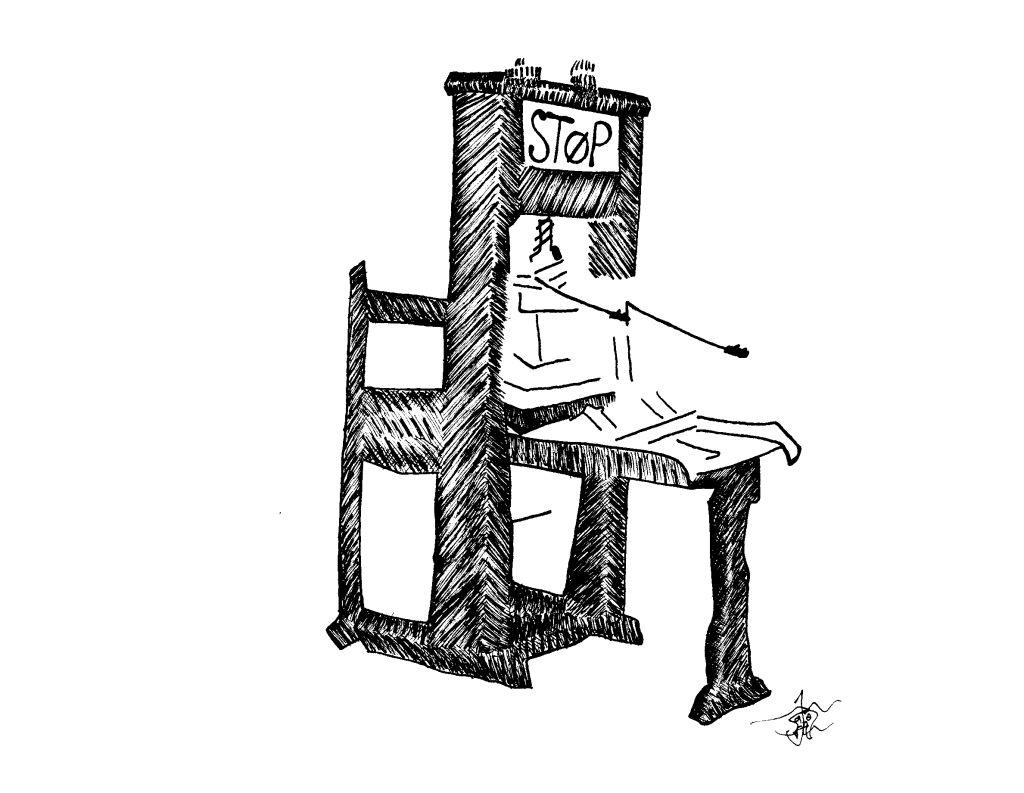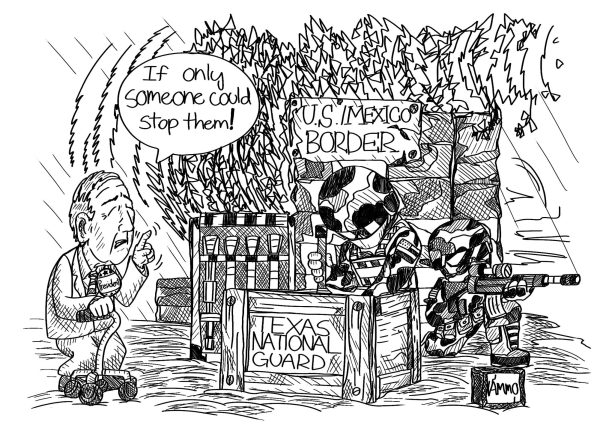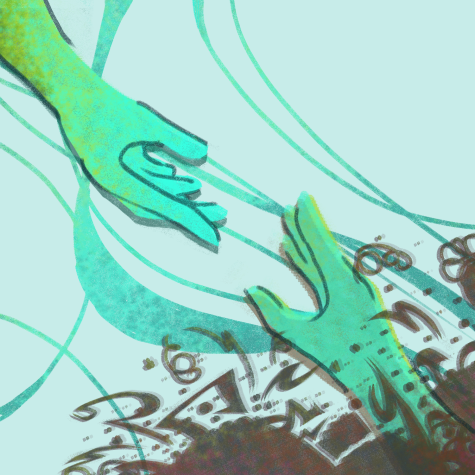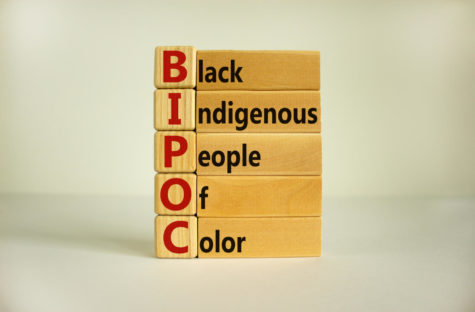Fund cuts kill newspapers
April 23, 2012
Thanks to budget cuts, you might lose your source of information about budget cuts.
Paul McLeod, the adviser to the student newspaper at Los Angeles Harbor College, sent an email to members of the Journalism Association of Community Colleges, or JACC, that said the college had cut the basic newswriting class for Fall 2012.
In addition, McLeod said that The Harbor Tide, the student newspaper, had its $3,500 printing budget cut in February, “leaving a couple dozen frustrated student journalists up in the air as to why they are in a newspaper class if there’s no money to print a paper.”
McLeod, who received the title of Educator of the Year in 2009 from the California Journalism Education Coalition, said that if the basic newswriting class was to be cut and if the paper had no printing budget he would not return to the school in the fall.
“It is very difficult to generate advertising revenue there and a lot of fund-raising would be required to operate a student newspaper,” he said in an email. “In my mind, I am not hired to fund-raise. I am hired to teach journalism.”
That is lenient compared to what happened in other schools. In Riverside, Norco College had its newspaper program eliminated entirely. According to an article by Johnny Herber for the Norco Voice, the program was canceled for next semester, which will force journalism students to transfer to other colleges to finish their program.
At Los Angeles Pierce College, things aren’t as bad – yet. Adviser Jill Connelly wrote in an email that a proposed budget would cut all funding to supplies and contracts for the Roundup, their newspaper. This means that the paper would not be printed and their student-run radio station, KPCRadio, would be cut.
These are just recent examples of a downward spiral. Mary Mazzocco, the president of JACC (and the adviser of our student paper) gave a few more examples: “Last fall, the Ventura Community College District eliminated the print budget. Shasta College eliminated its journalism A.A. and stopped printing the student paper this semester. Finally, two other advisers in the Bay Area have told me that they have been told that their printing budgets may be reduced, especially if the November tax measure does not pass.”
Holy crap.
It should be pointed out that, except for Norco College, the journalism program as a whole wasn’t cut in most cases. Just the print budget. However, even cutting the print budget is bad.
A recent Washington Times article by Daniel Jackson reported that the print editions of student newspapers are still popular on college campuses.
In addition, Jackson refers to a survey done by the marketing company Re:fuel, which stated that 60 percent of all college students have read their school paper. Of those people, 88 percent of them had read one of the five most recent issues.
The Re:fuel survey noted that “students said that reading their campus paper in print…was just the easiest way to stay current on school happenings.”
Think about how much you know about the construction project in our quad. If we’ve been doing our job properly, you should know quite a bit about it. If you also know about the recent decision to only allow students to retake classes three times, that was our doing as well.
If the Inquirer didn’t run a print edition, would you have known about those things? Maybe, but it definitely would have been more difficult for you to learn about it.
By running print editions, student newspapers do a valuable service to the student and local communities. Cut the print edition and you’ll lose not only the forum for students to express themselves but also a valuable source of pertinent information.















































































